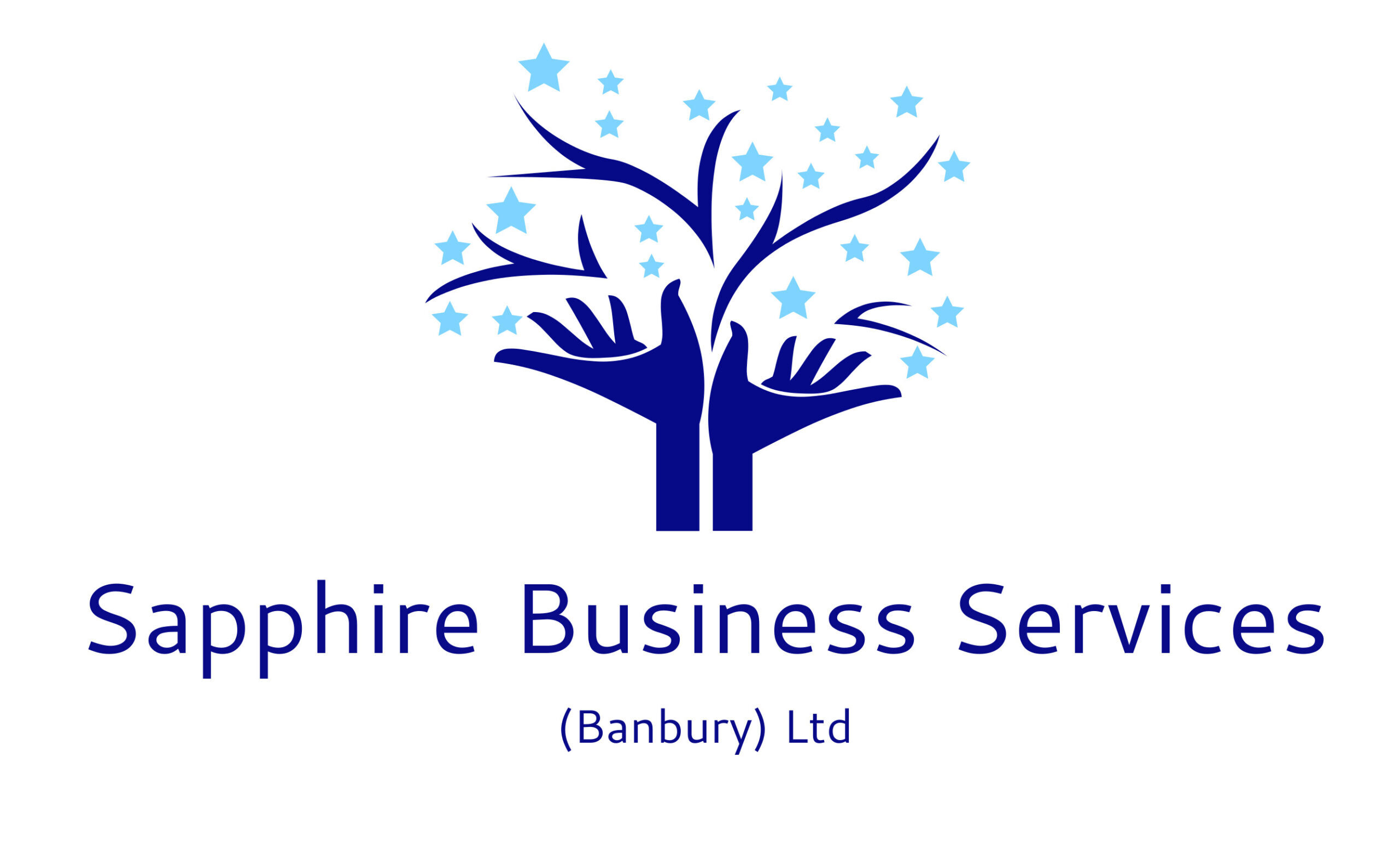From 1 March 2021 the domestic VAT reverse charge must be used for most supplies of building and construction services.
The charge applies to standard and reduced-rate VAT services:
- for individuals or businesses who are registered for VAT in the UK
- reported within the Construction Industry Scheme
What you need to do
You’ll need to:
- Check when you must use the reverse charge on your sales, purchases or both.
- Find out how the charge works if you supply services.
- Find out how the charge works if you buy services.
- Read more detailed guidance about the reverse charge.
- Watch our online webinars to get help and support for VAT.
How to prepare
You’ll need to:
- make sure your accounting systems and software can deal with the reverse charge
- consider whether the change will impact your cash flow
- make sure all your staff who are responsible for VAT accounting are familiar with the reverse charge and how it will work
If the VAT reverse charge does not apply you should follow the normal VAT rules. HMRC also have flowcharts to help you decide if you need to use the reverse charge.
When you must use the reverse charge
You must use the reverse charge for the following services:
- constructing, altering, repairing, extending, demolishing or dismantling buildings or structures (whether permanent or not), including offshore installation services
- constructing, altering, repairing, extending, demolishing of any works forming, or planned to form, part of the land, including (in particular) walls, roadworks, power lines, electronic communications equipment, aircraft runways, railways, inland waterways, docks and harbours, pipelines, reservoirs, water mains, wells, sewers, industrial plant and installations for purposes of land drainage, coast protection or defence
- installing heating, lighting, air-conditioning, ventilation, power supply, drainage, sanitation, water supply or fire protection systems in any building or structure
- internal cleaning of buildings and structures, so far as carried out in the course of their construction, alteration, repair, extension or restoration
- painting or decorating the inside or the external surfaces of any building or structure
- services which form an integral part of, or are part of the preparation or completion of the services described above – including site clearance, earth-moving, excavation, tunnelling and boring, laying of foundations, erection of scaffolding, site restoration, landscaping and the provision of roadways and other access works
When you must not use the reverse charge
Do not use the charge for the following services, when supplied on their own:
- drilling for, or extracting, oil or natural gas
- extracting minerals (using underground or surface working) and tunnelling, boring, or construction of underground works, for this purpose
- manufacturing building or engineering components or equipment, materials, plant or machinery, or delivering any of these to site
- manufacturing components for heating, lighting, air-conditioning, ventilation, power supply, drainage, sanitation, water supply or fire protection systems, or delivering any of these to site
- the professional work of architects or surveyors, or of building, engineering, interior or exterior decoration and landscape consultants
- making, installing and repairing art works such as sculptures, murals and other items that are purely artistic signwriting and erecting, installing and repairing signboards and advertisements
- installing seating, blinds and shutters
- installing security systems, including burglar alarms, closed circuit television and public address systems
Guidance as provided by HMRC
